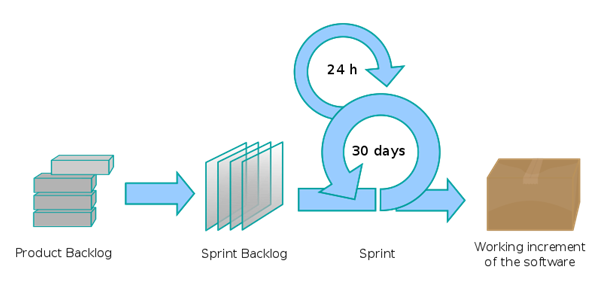Are you thinking of upgrading your biotechnology lab? There are many alternatives on the internet that can get you some of the most advanced equipment in the domains of biotechnology as well as biomedical, pharmaceutical and basic research.
The application of these technologies helps in identifying the molecular, biological and physical properties of multiple products and substances as well as in their analysis and quantification. However, the most common piece of equipment that you would find in a modern biotechnology research laboratory is a microplate reader. In the following discussion, let us explore some essential information about microplate technology and the pointers that you should take into account for purchasing a microplate reader.
Information on microplate technology:
First things first, let us outline exactly what a microplate reader is! A microplate reader is not a single instrument as you must have thought. It is actually an instrument which could be able to incorporate an SBS-formatted microplate and read it. Absorbance reading is no more an issue with microplate readers, especially with the facility of multiple reading modes such as fluorescence, luminescence, and absorbance.
Microplate readers manufactured by many contemporary pioneers in biotechnology lab equipment industry such as bethold-bio.com are used extensively across many labs in the world.
Their applications span a massive portfolio which includes protein-protein interaction detection, NADH quantization, and Enzyme-linked Immunosorbent Assay (ELISA) tests. So, you need to be specific about your requirement from the microplate reader before purchasing one.
Different reading modes:
Microplate readers are commonly used for absorbance reading and fluorescence detection, and researchers always have the option for selecting a single-mode instrument such as absorbance reader or a multi-mode reader. The other specialty reading modes which could be found in modern biotech lab equipment by companies such as berthold-bio.com can be presented as follows.
- Fluorescence resonance energy transfer (FRET)
- Time-resolved fluorescence
- Nephelometry, which can be used effectively for turbidity and solubility analysis
- Fluorescence polarization

Keep your requirements in mind:
You have to take the scope and various processes of a laboratory into account for selecting the appropriate microplate technology alternative. For example, if the requirements of sample type and assay vary from sample to sample, then it is plausible to get a multimode system that can be capable of running a combination of multiple reading modes.
Special measures:
Another concern other than absorbance reading or other modes of a microplate reader is observed in the conditions of the experiment. If the samples are temperature sensitive or demand constant mixing, then it would be recommended to look for possibilities to include shaker and incubation functionality in the reader. Therefore, you should look for microplate technology that provides the flexibility for customization and complete control to the researchers.
Ability to deal with load:
The next characteristic that you should look for in microplate technology equipment for a biotechnology lab refers to resilience. For example, if your lab receives sample analysis tasks for more than a dozen plates every day and that too with limited deadlines then it may be a complete disaster without the right equipment. So, you may want to consider multiple channel instruments that can provide faster analysis outcomes within a limited period. Do not forget to look for instruments which provide the facility of a plate stacker as well as on-board injection capabilities or fluidics.





